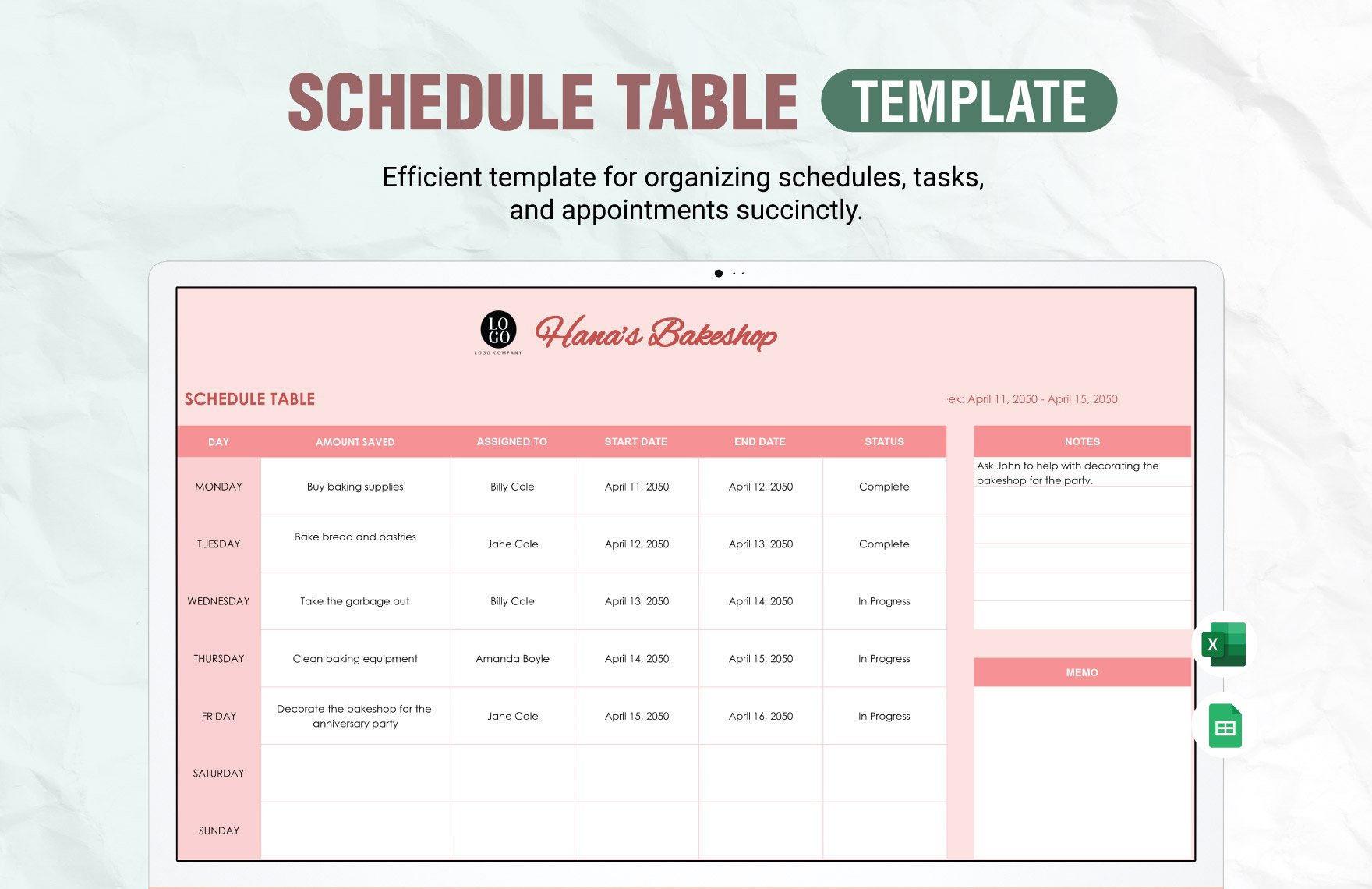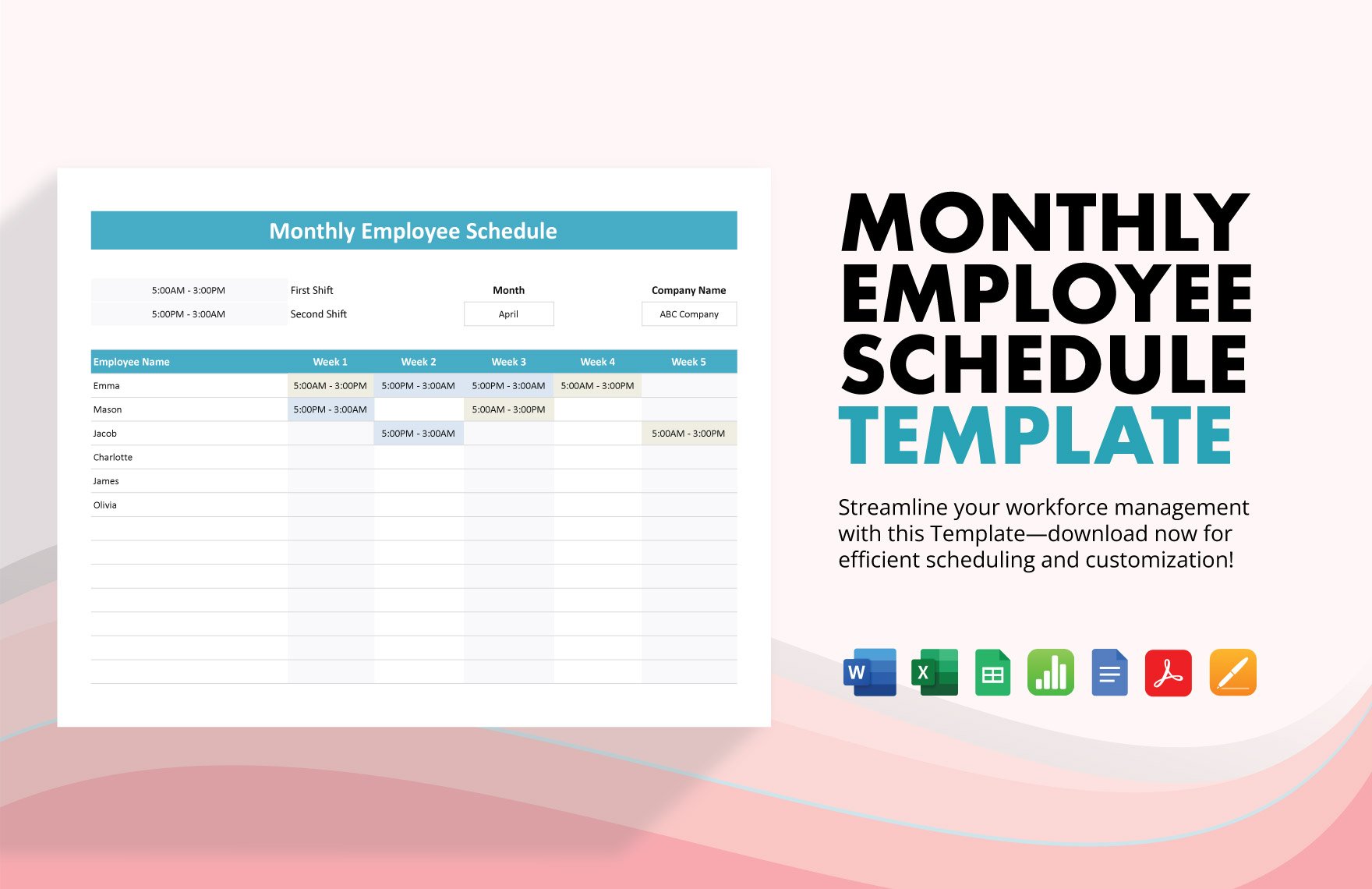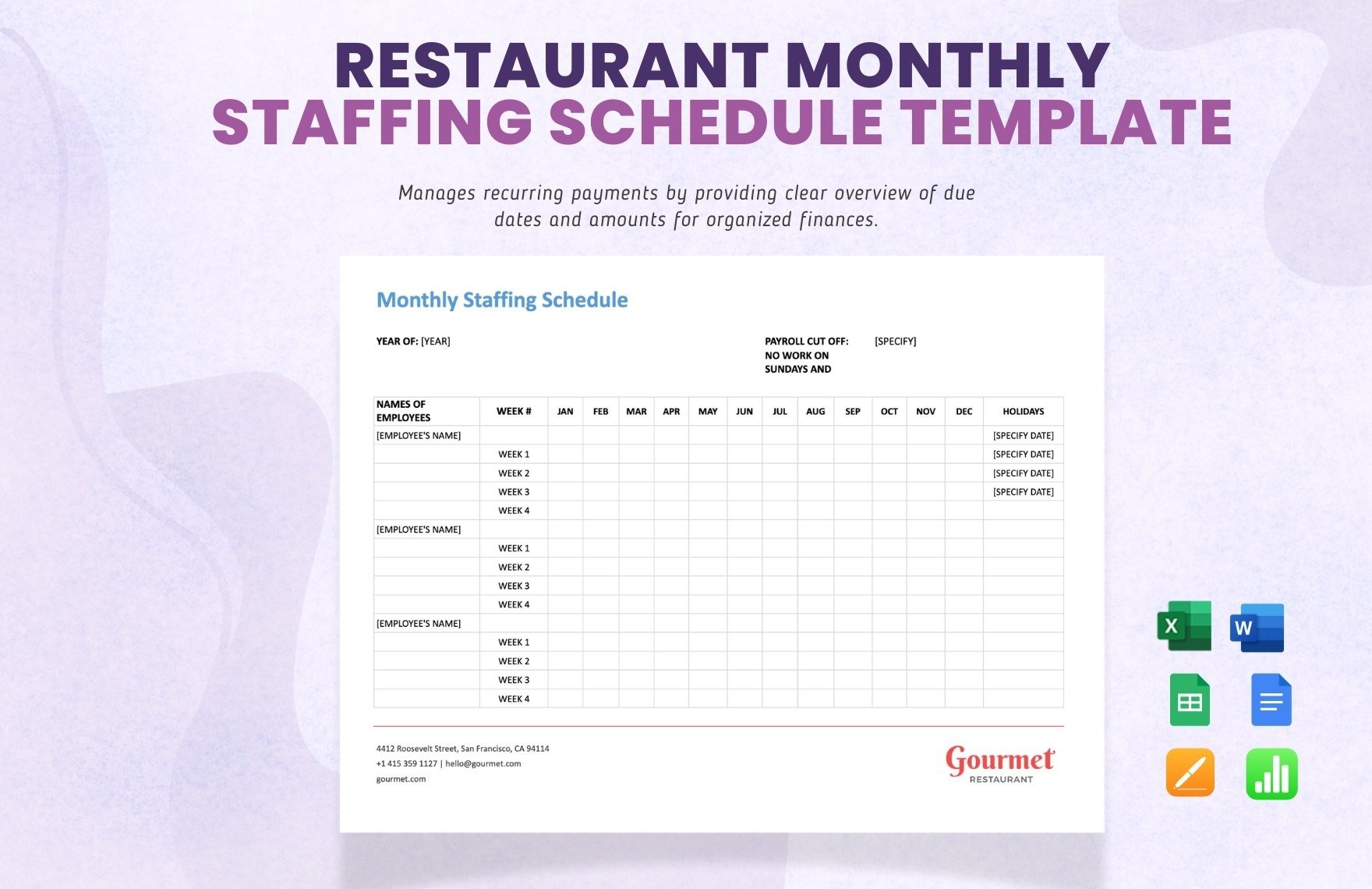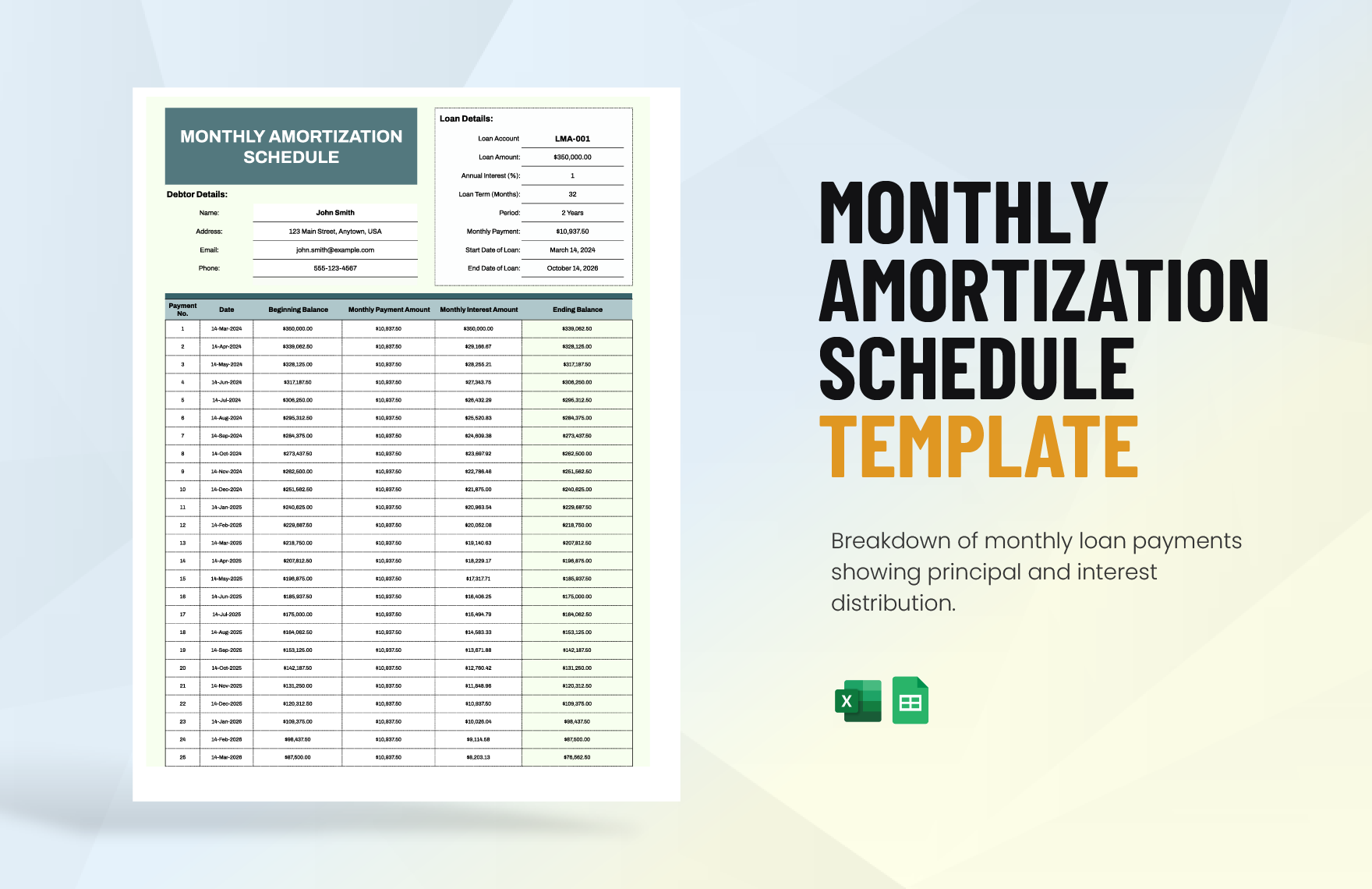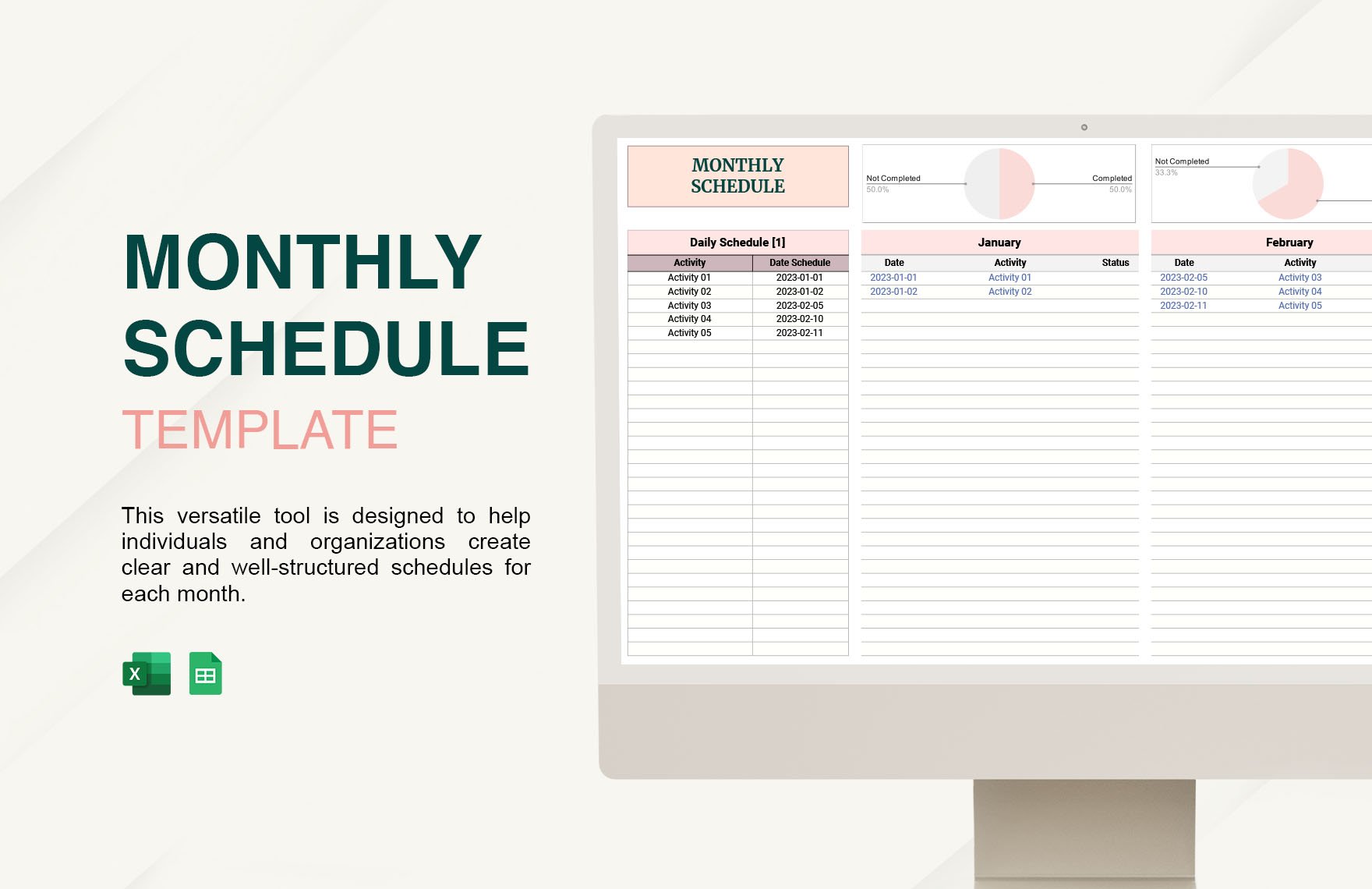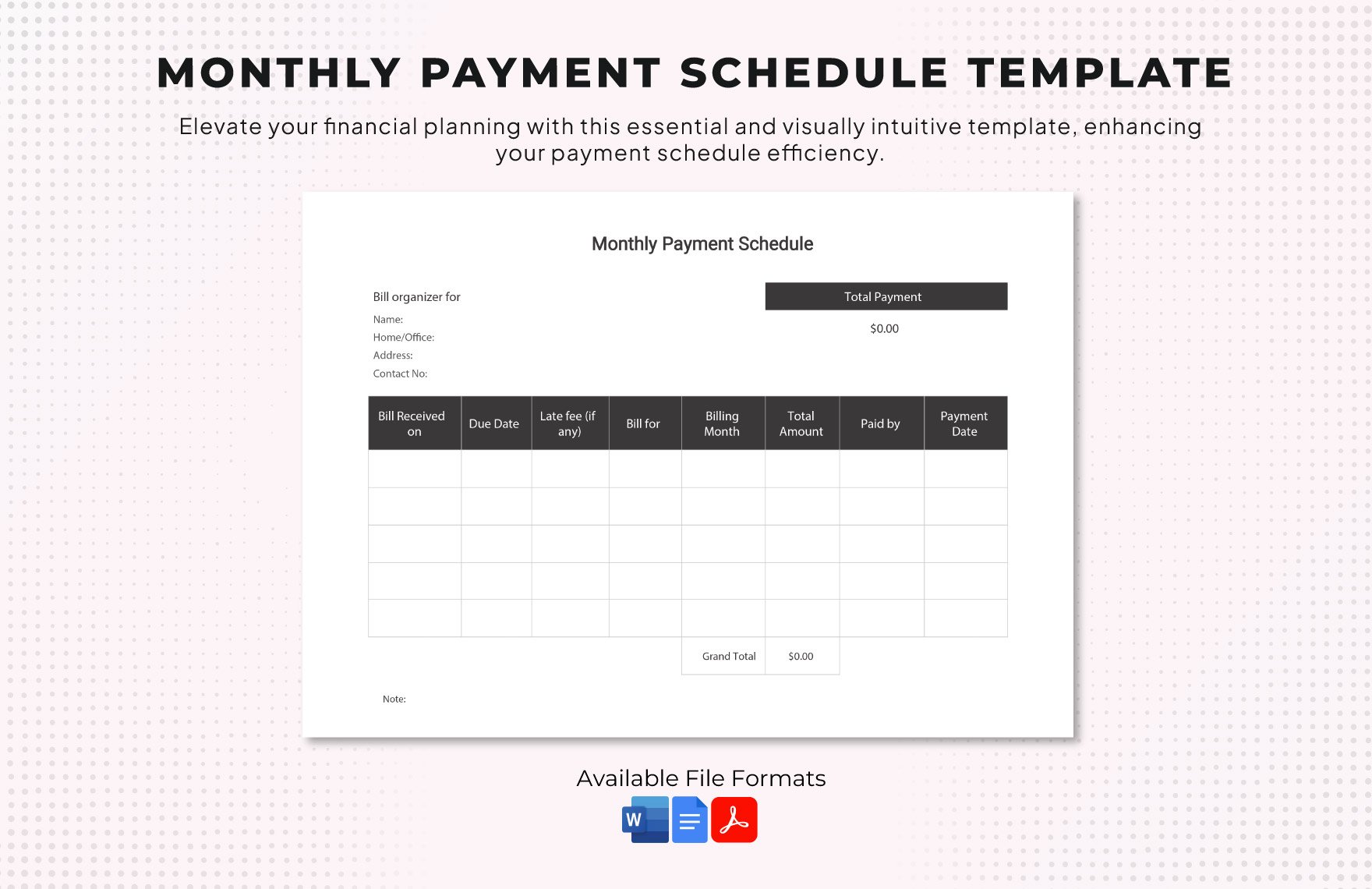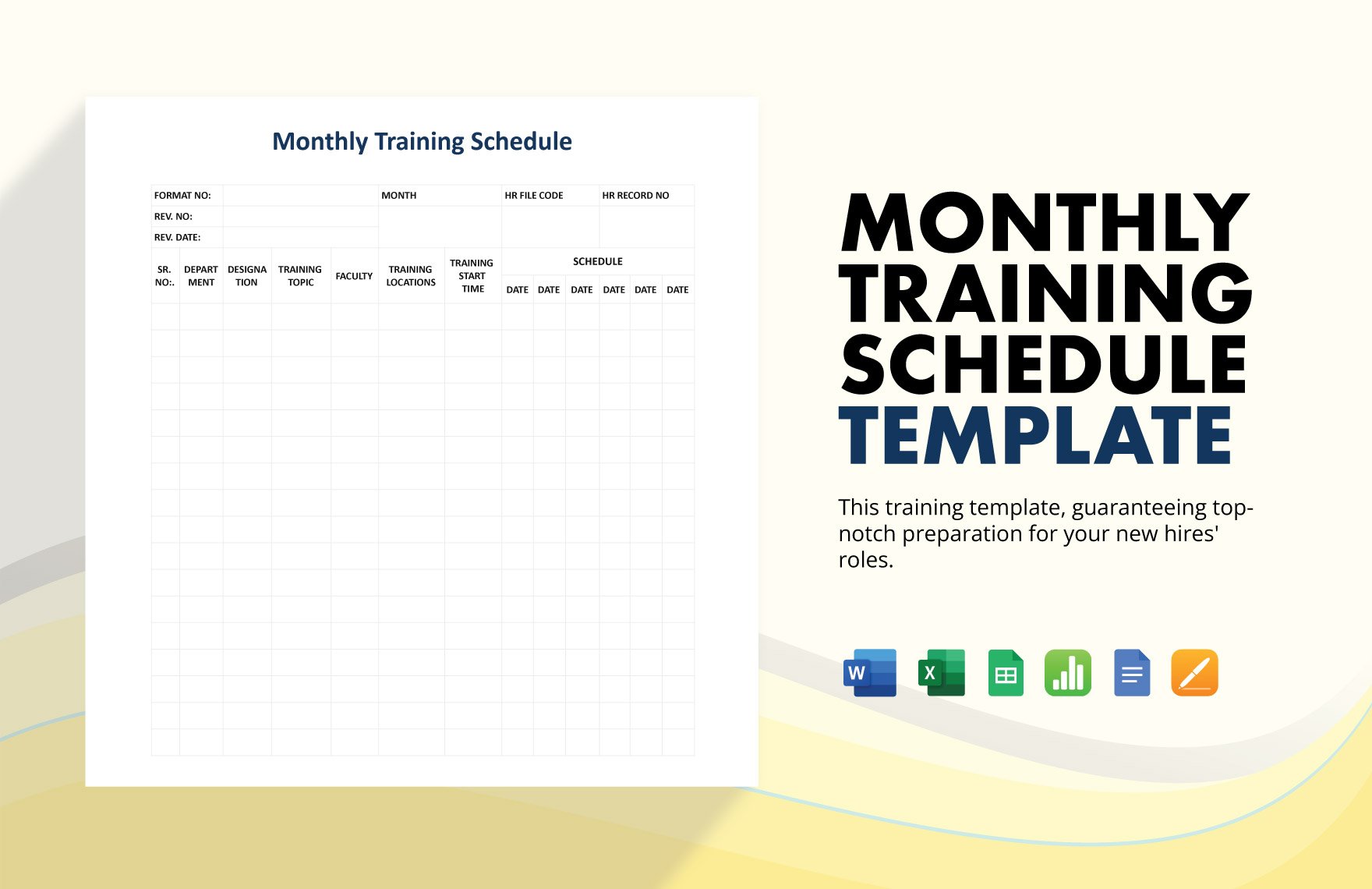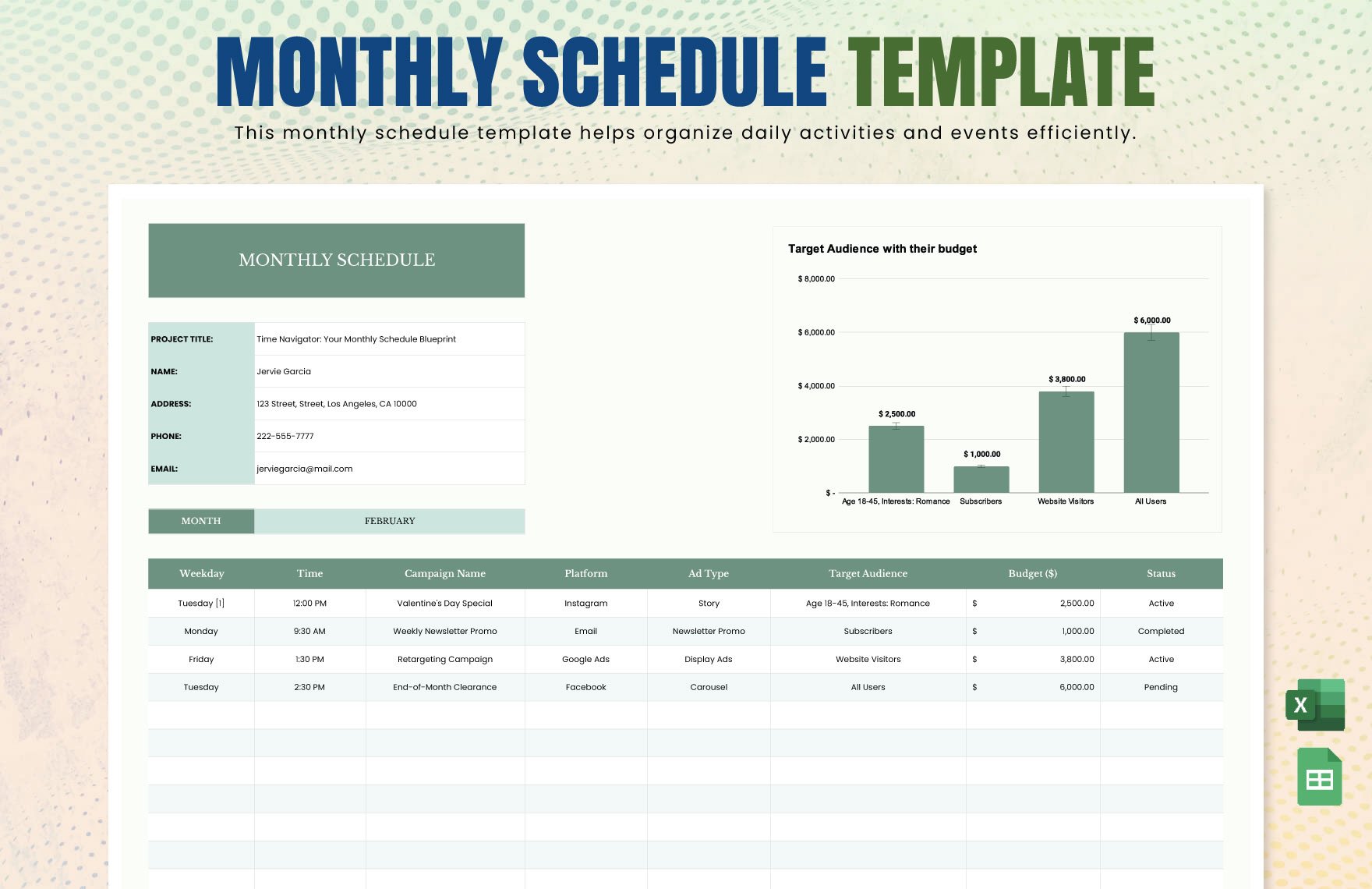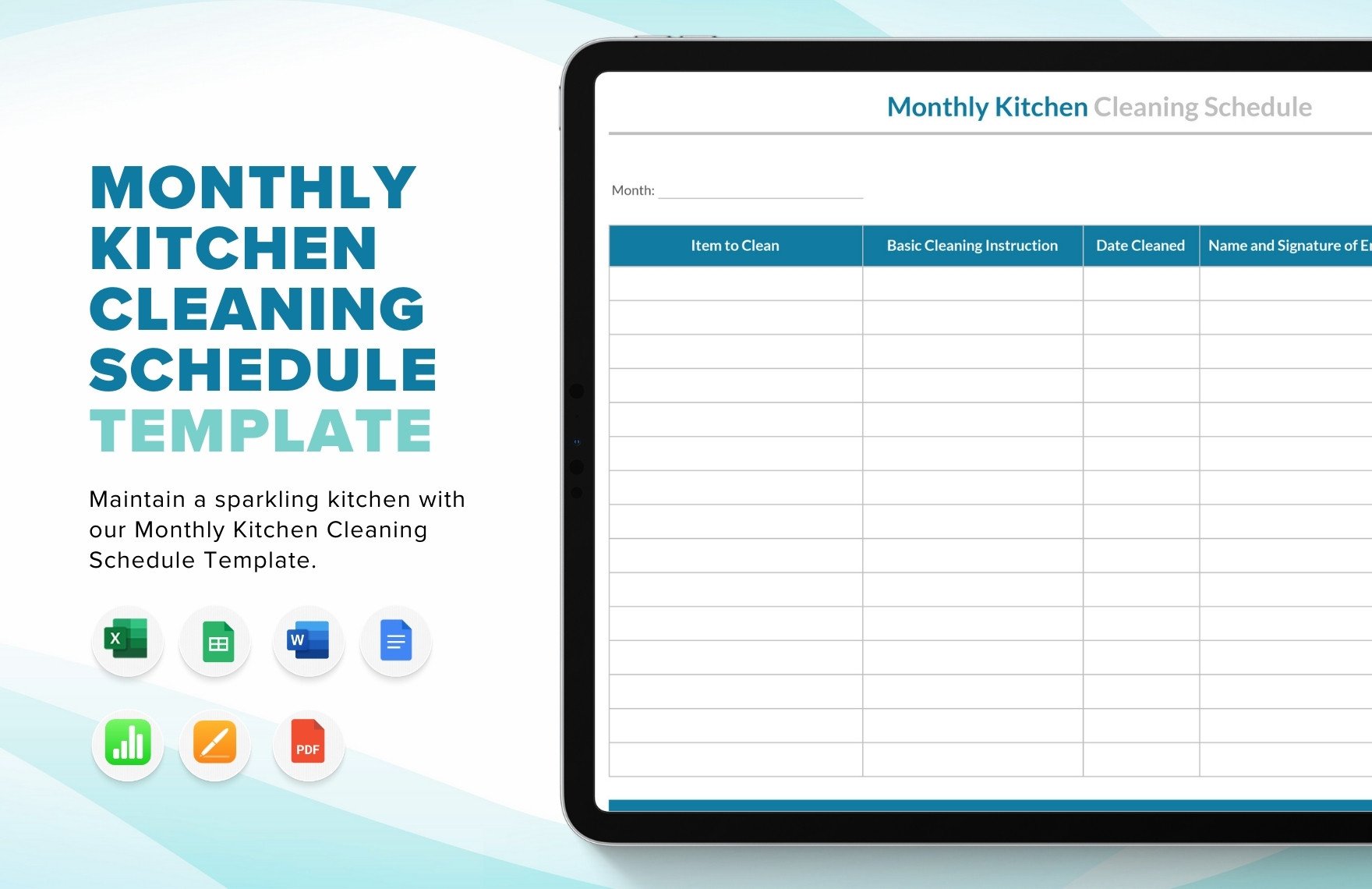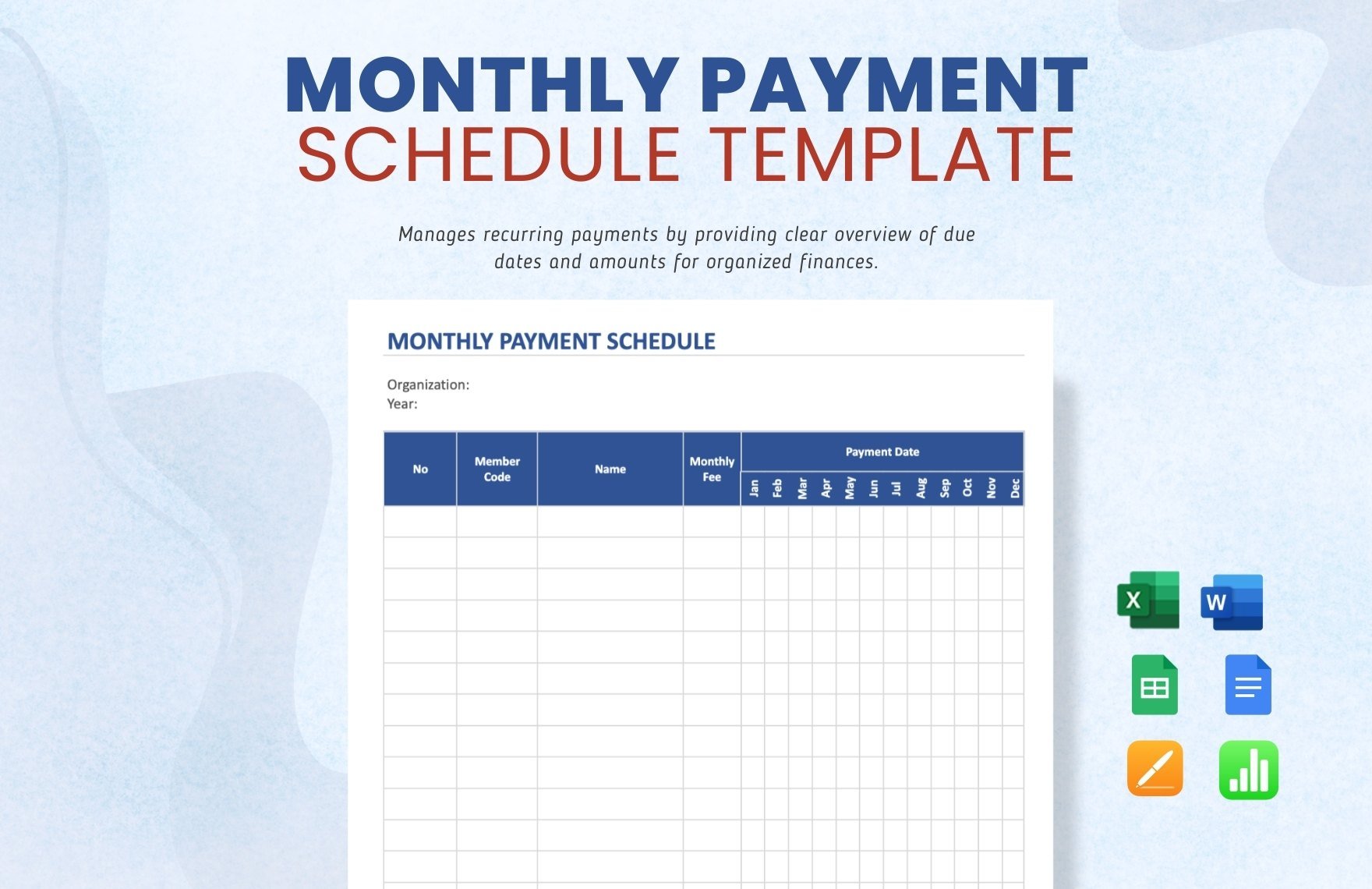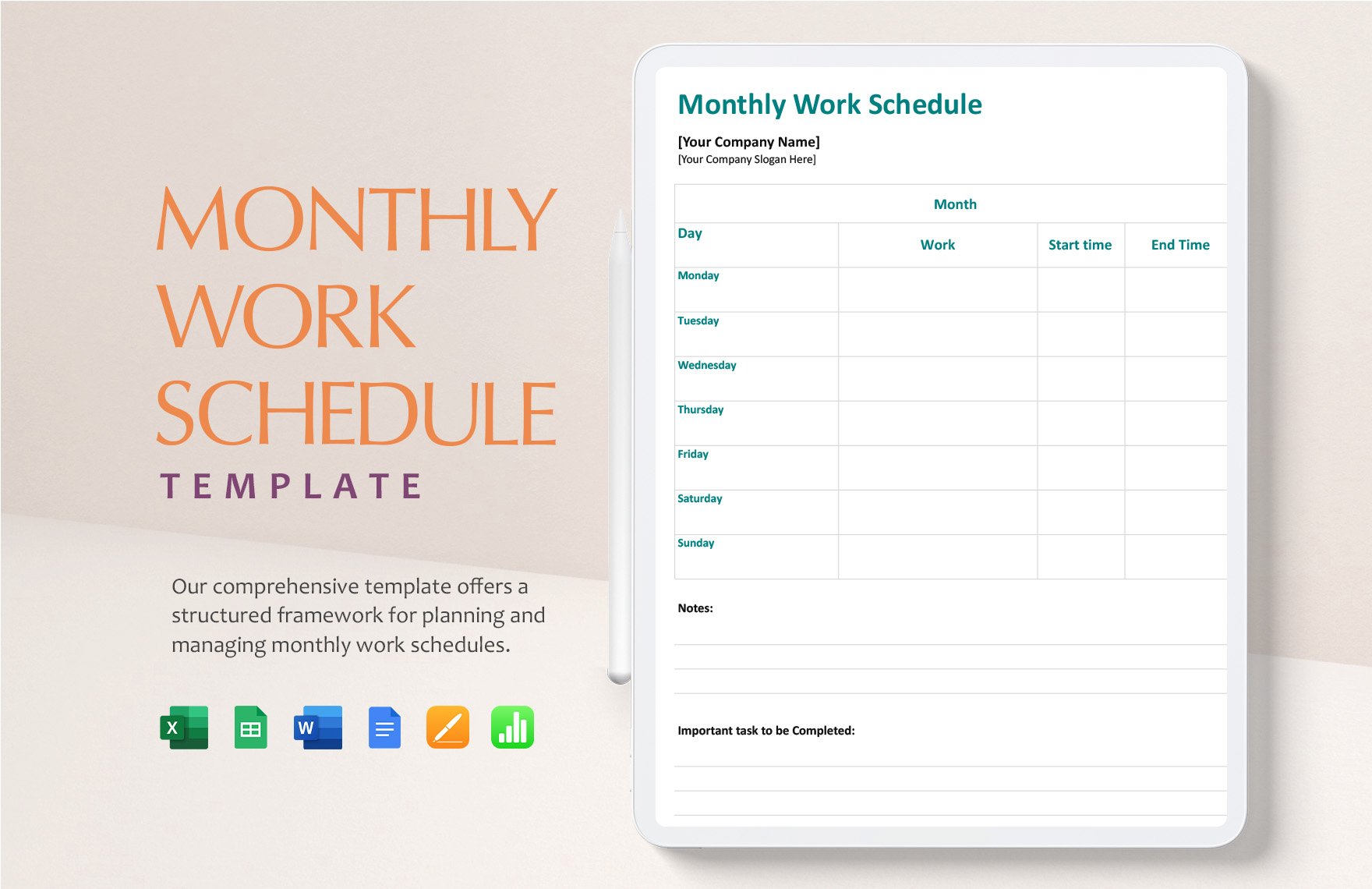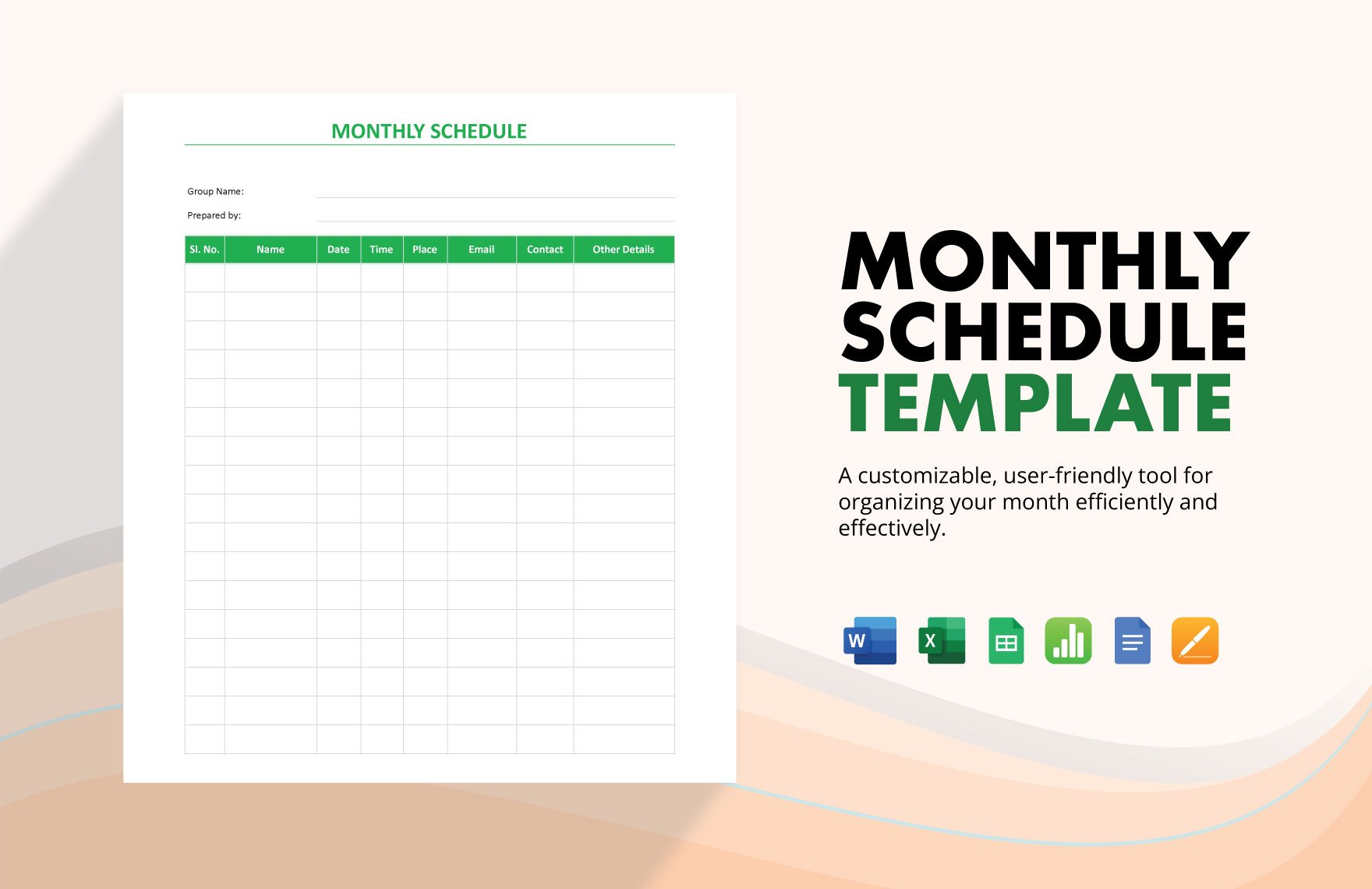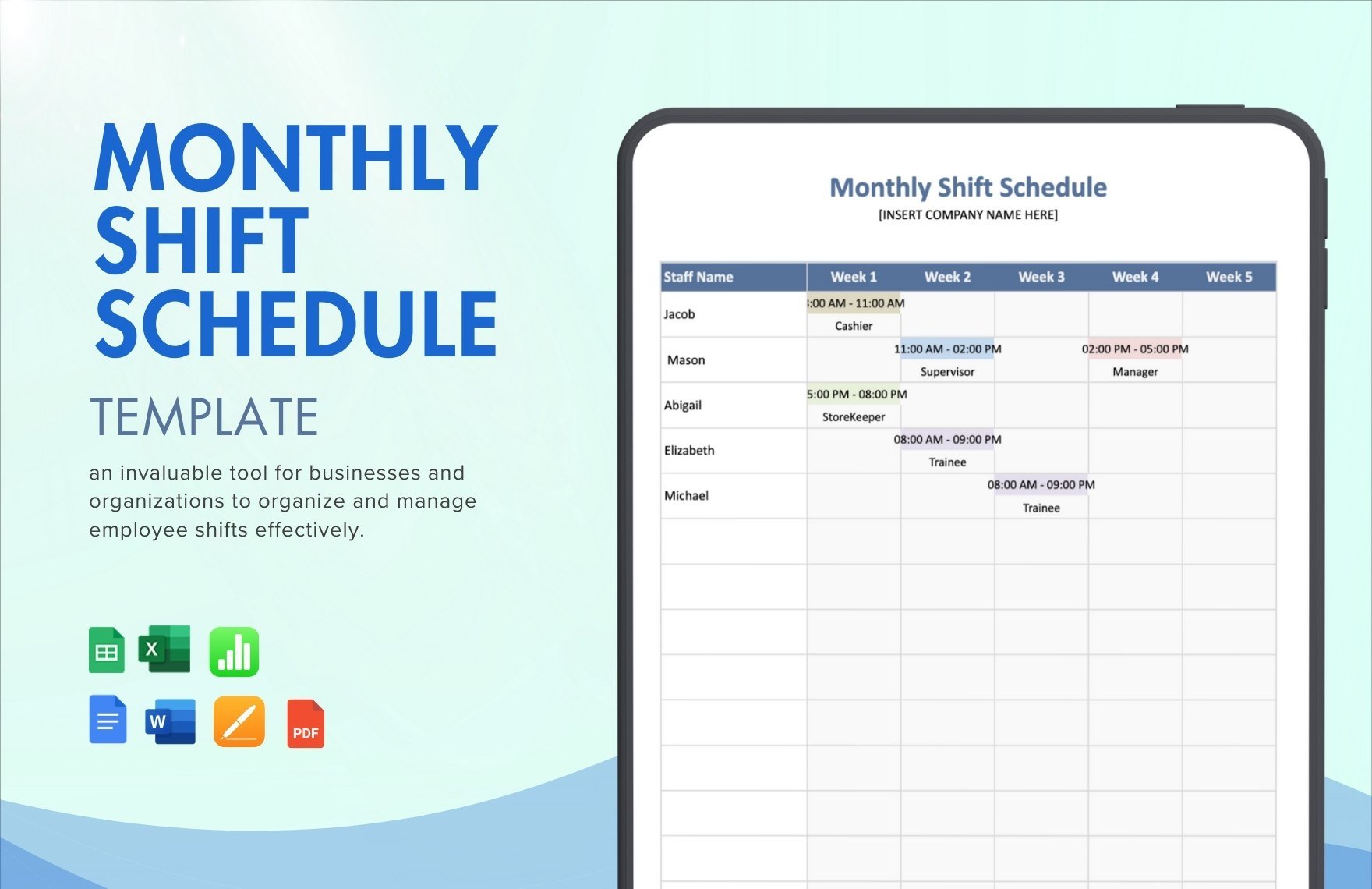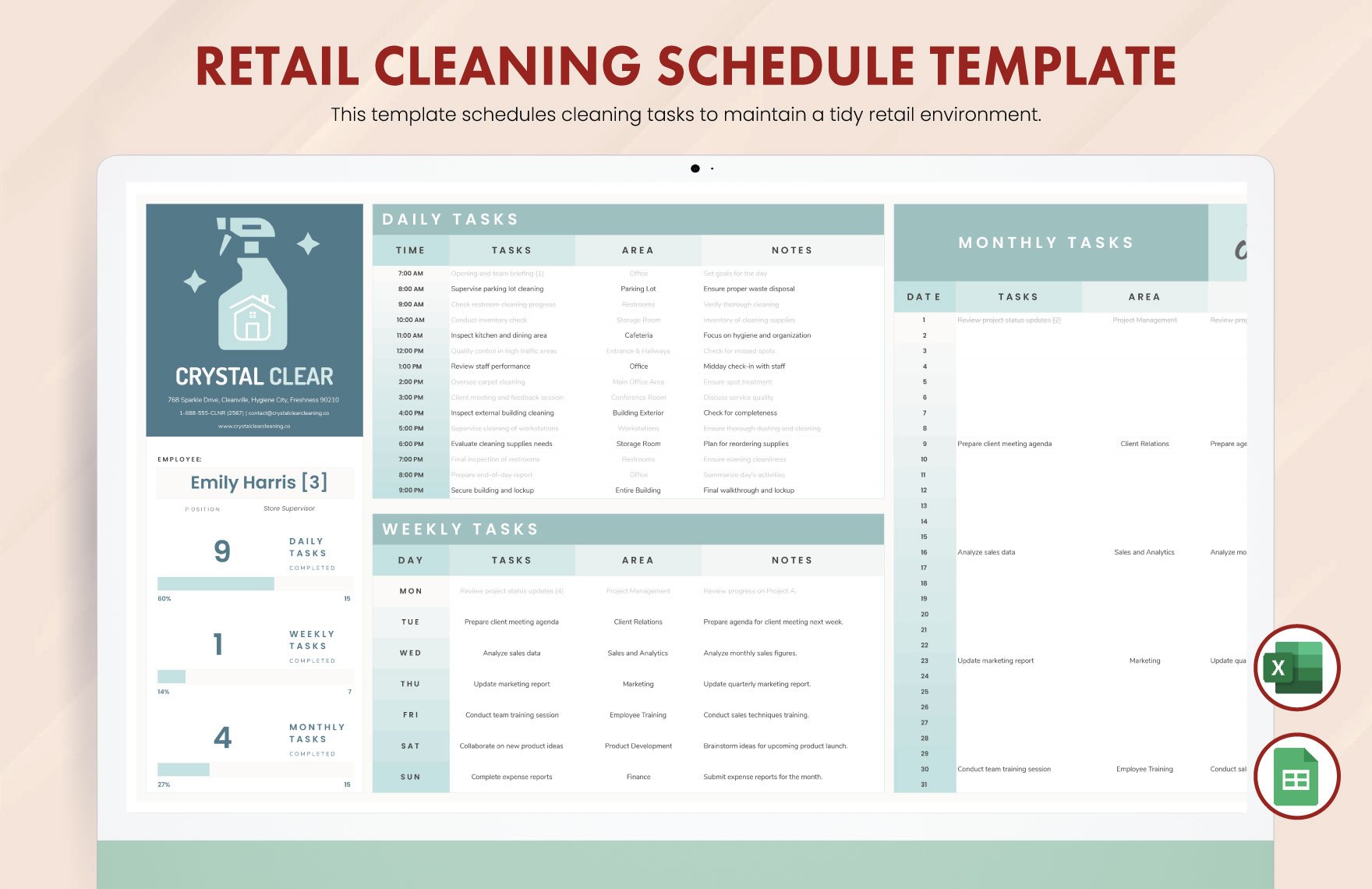People don’t realize how important it is to manage their time. By doing so, you’ll be able to do a lot of things even in a short period of time. The best tool to use to manage time is a schedule, which you can use either daily, weekly, or monthly. Here, we have a selection of downloadable Monthly Schedule Templates in Google Sheets. These ready-made products will take care of your activities for the whole month. Not only that, but these templates are also easily editable and fully printable. Start managing your schedule by subscribing to our templates!
How to Make a Monthly Schedule in Google Sheets
According to the website, Plant Services, proper scheduling can help increase productivity by 55% as well as complete tasks by 57%. This is enough evidence to prove how important scheduling is. If making a monthly schedule in Google Sheets, our guidelines below can help you out.
1. Determine the Purpose of the Schedule
Before making a schedule, you must first determine its purpose? While schedules are typically for time management reasons, make sure to also consider who it’s for. Is it for employees? Students? Or your family? Knowing who's going to use the schedule is just as important as identifying what it's for.
2. Keep the Tasks Organized
If your schedule involves various activities, make sure to organize them according to importance. Make a list of these activities and write the most important ones first. These prioritized activities should be completed or accomplished during the first few days or within the first half of the month.
3. Set Goals for Each Week
As mentioned above, your tasks should be organized and distributed across the four weeks of the month. Additionally, you should also set weekly goals in your schedule. This is to help ensure that all tasks assigned for that week are completed before moving on to the next week.
4. Create a Routine for Each Day
Routines are great, they help you establish something that you and other people are familiar with. Since it works for most people, why not use it on your monthly planner as well? This will also ensure that the person using this schedule will always have time to work and relax.
5. Measure the Success at the End of the Week
The title says it all, don’t forget to measure your progress and success when you reach the weekend. Why is this important? It helps you to decide whether there’s a need for you to keep up with the pace or to slow down. Also, this will help you measure the overall success of your simple schedule.


